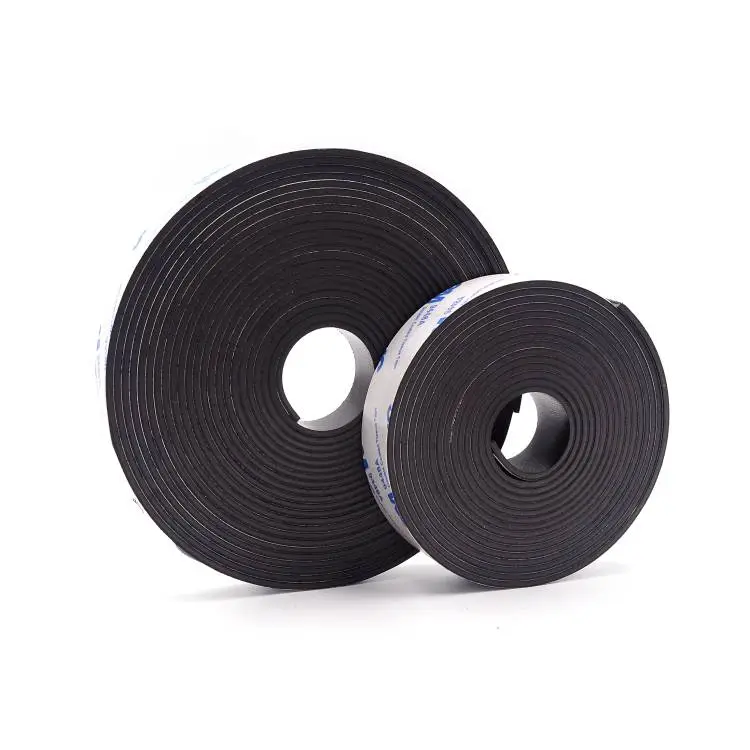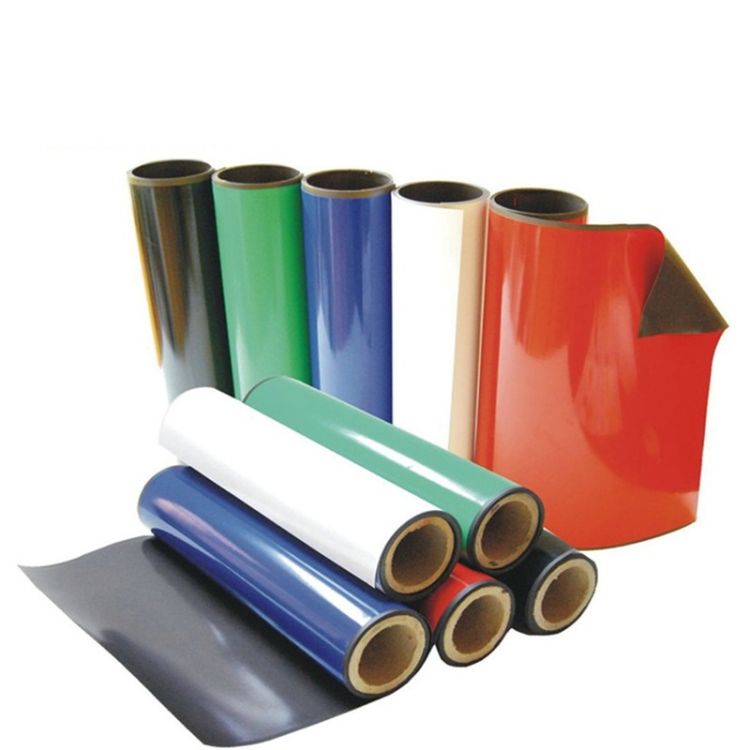How do flexible rubber magnets work?
Flexible rubber magnets work on the principle of magnetism. They are made from magnetic powder (usually strontium ferrite) mixed with a flexible binder (usually synthetic rubber or plastic). These materials form magnetic composites that retain their magnetic properties while also being flexible and adaptable. Here's how flexible rubber magnets work:
Magnetic Domains: At the atomic level, materials are made up of tiny magnetic regions called domains. In the unmagnetized state, these magnetic domains have random orientations that cancel each other's magnetic effects.

Magnetization: To create a flexible rubber magnet, the magnetic particles within the rubber matrix are aligned. This alignment is achieved through a process that exposes the material to strong external magnetic fields or through other manufacturing techniques.
Permanent Magnets: When aligned, the magnetic domains within the material become coordinated and mostly point in the same direction. This creates a permanent magnet with a north and south pole.
Flexibility: A rubber or plastic adhesive provides flexibility and malleability to the magnet. This flexibility allows the material to be bent, twisted or cut into various shapes without significantly affecting its magnetic properties. Unlike rigid magnets, which can crack or break when bent, flexible rubber magnets maintain their integrity.
Magnetic attraction: Just like traditional magnets, flexible rubber magnets also have north and south poles that attract or repel each other based on the principle of magnetic attraction and repulsion. They also attract ferromagnetic materials such as iron, nickel and cobalt.

Adhesion: flexible rubber magnets can adhere to metal surfaces due to their magnetic properties. They are commonly used as magnetic backings for a variety of applications.
In summary, flexible rubber magnets work by aligning magnetic domains within the material to form a permanent magnet while retaining the flexibility and adaptability of the rubber or plastic adhesive. Their adaptability, versatility and continued technological advancement have opened the door to countless applications, from advertising and automotive to manufacturing and renewable energy. As these magnets continue to shape modern industry, it's clear that their influence will only grow in the coming years, opening up new and exciting possibilities for businesses and consumers alike.
